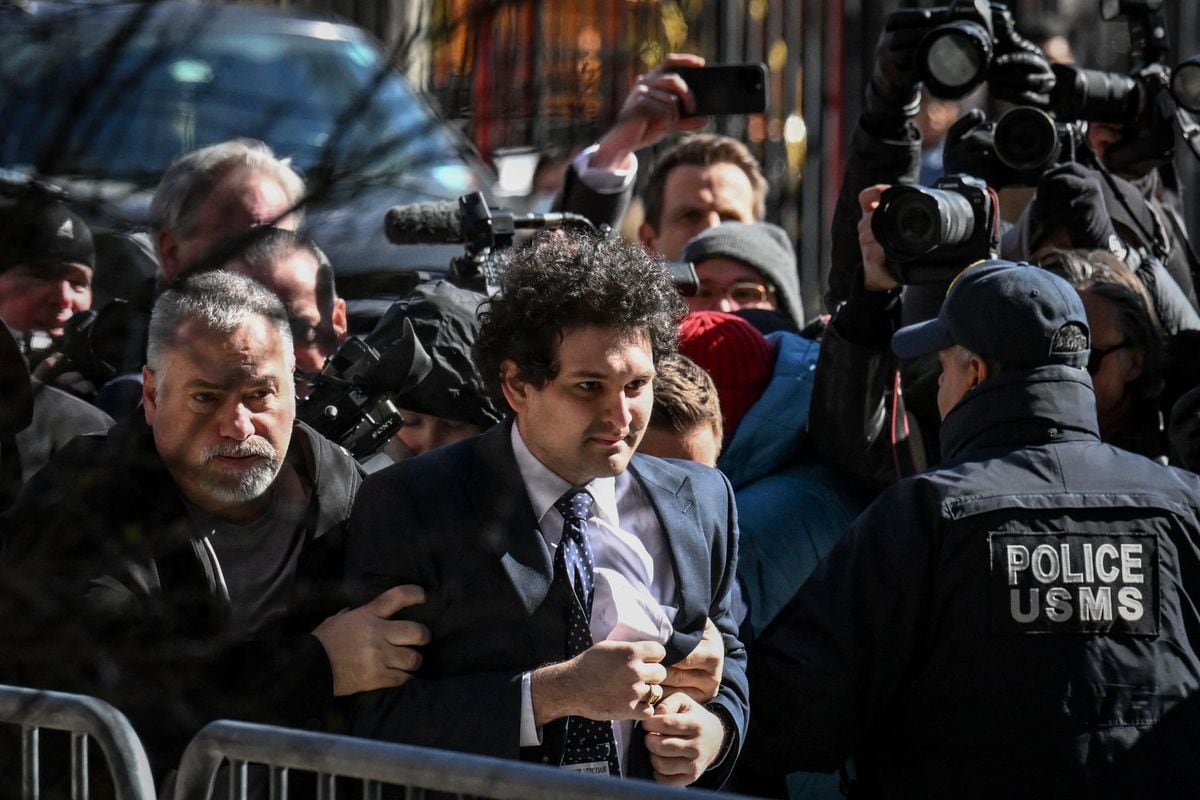Managers of FTX cryptocurrency exchange shuffled and shifted company and customer funds and joked internally about their propensity to lose track of millions of dollars in assets, according to the first report published by debtors in their role as recipients of the bankrupt company. “Although FTX Group’s downfall is new for the unprecedented scale of damage it has done in an emerging sector, many of its root causes are familiar: arrogance, incompetence and greed,” said the report, published Sunday evening.
Interim Report, 45 pages including covers and index, It was signed by John Ray III, the company’s liquidator. It is the first in a series in which the debtors who took over the company present a statement of their findings and efforts to recover the funds to cover as much as possible of the multimillion-dollar hole left by the company founded and controlled by Sam Bankman.
John Ray III has already made it clear that his first impression of the company couldn’t be worse. “Never in my professional life have I seen such a complete breakdown of corporate controls and such a complete absence of reliable financial information as here,” he told the court, despite his long record of winding up bankrupt companies such as Enron and Northell, among others.
After several months of trying to figure out what had happened, restore order to what was left and recover the assets owned by the company, his impression did not improve: “Despite the public image it tried to create as a responsible company, the FTX Group was tightly controlled by a small group of individuals who showed little interest in establishing appropriate oversight or oversight framework,” describes the report published on Sunday.
“These individuals crushed dissent, misappropriated corporate and customer funds, lied to third parties about their business, joked internally about their propensity to lose millions of dollars in assets, and subsequently caused FTX to collapse as quickly as it grew,” he adds.
According to John Ray III, FTX’s deep control failures put its crypto assets and funds at risk from the start. They also held back his efforts to recover assets as the debtor’s new CEO, even though he had made “some significant progress.”
To date, debtors have recovered and secured more than $1.4 billion in digital assets and identified another $1.7 billion, also in digital assets, that they are in the process of recovering. They had to turn to experts in computer engineering, cryptography, blockchain technology, cybersecurity, computer architecture, and cloud computing, according to the report, which alleges that a malicious actor attempted to seize $432 million and that some former executives, including Bankman, fried used passwords from Some digital wallets to transfer money to Bahamas wallets.
FTX Group’s control failures have created an environment in which a few employees have nearly unlimited power to move cash and crypto assets and to hire and fire employees, with no oversight or effective controls over how they exercise those powers, the report narrates, which states it was not from It is possible to find a complete organizational chart of the group entities and that at the time of the bankruptcy declaration, FTX did not have “updated and complete lists of its employees”.
The lack of control has reached staggering proportions. At its peak, FTX operated in 250 jurisdictions, controlled tens of billions of dollars in assets across its various businesses, conducted up to 26 million transactions per day, and had millions of users. Despite these asset levels and transaction volumes, the group lacked financial and accounting controls. Auditors are now trying to rebuild the balance sheets.
Bankman-Fried was arrested in the Bahamas, extradited to the United States and is under house arrest. He will stand trial from October after pleading not guilty to charges of fraud and illegal campaign financing, and most recently to new charges of bribery of Chinese officials. Caroline Ellison, who managed Alameda Research, a fund that runs parallel to FTX, and Gary Wang, co-founder of FTX, have already pleaded guilty to various charges, as has Nishad Singh, FTX’s former director of engineering. The three cooperate with the prosecution.
Follow all information for Economy And a job in Facebook And Twitteror on our website The weekly newsletter
Five days agenda
The most important economic dates of the day, with keys and context to understand their scope.
Receive it in your mail





